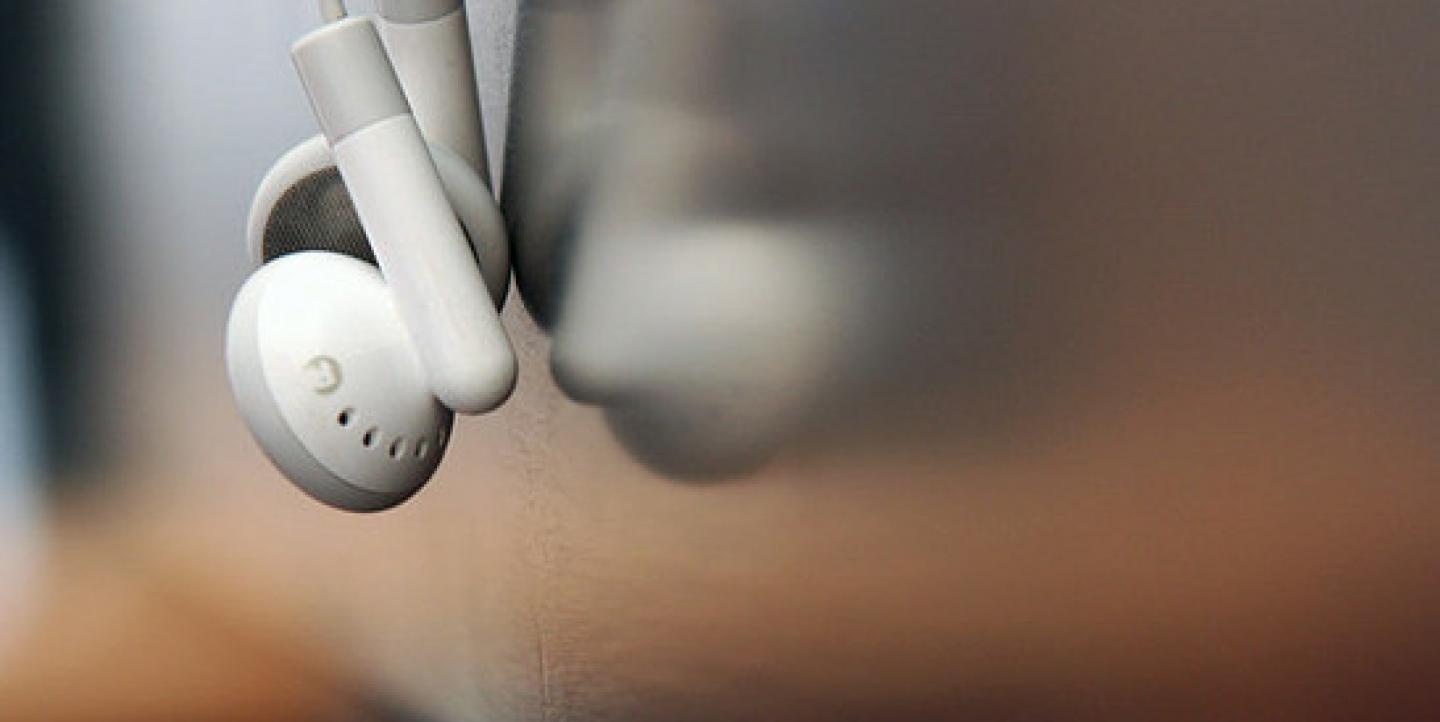An innovative tool for adding audio clips to stories recently launched a new version, making it mobile- and MP3-friendly.
SoundCite, a project of Northwestern University's Knight Lab, is a one-year-old tool that lets users add in-line audio to their stories. This means audio is not isolated; it plays right under the text, giving more seamless context and emotion to a story.
From the start, SoundCite was designed for any content creator to use--no coding required. Adding clips is a three-step process: Find the link you want to embed, set start and end points to create a clip, and tell SoundCite which text will be linked to the audio. The system creates an embed code that is placed directly in the story text. (Watch a tutorial here.)
SoundCite made the project open source so that users could guide future development. And they have: In recent months, The New York Times and Al Jazeera published stories using customized versions of SoundCite that included the ability to do two things that the original version of SoundCite could not: 1) play audio not hosted on SoundCloud and 2) make SoundCite function on mobile devices.
Now these updates are available for all users:
Self-hosted audio files
SoundCite now plays clips created from any MP3 file. If you can access an MP3 file at an URL, you can use it with SoundCite.
Mobile Support
Previously available only for computers, SoundCite will now work on iPhone, iPad, and other iOS (Apple) devices. For the best mobile performance, SoundCite recommends using MP3 (rather than SoundCloud) files. (According to SoundCite, SoundCloud SDK is unreliable when it comes to seeking specific clips in audio streams.)
SoundCite’s source code is hosted on GitHub, and users are encouraged to contribute to the project, as well as report bugs and discuss features. Feedback can also be sent by email to Knight Lab.
Check out examples of stories that use SoundCite here.
Via Knight Lab.
Image courtesy of Flickr user el patojo under a Creative Commons license.

